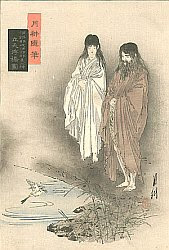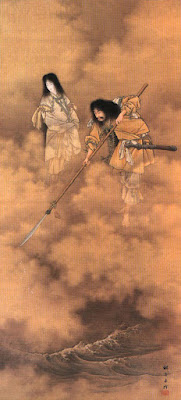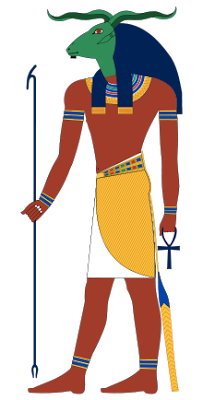Week 15 Story: He
Author's Note: I wrote this story after watching all the Crash Course Mythology videos that had to do with creation and a few more videos about AI development. The act of creating a thinking being is something we see a lot in myths and folktales and I wanted to deliver my own take on it. Also I reused a line or two from one of my other stories, but it's fine 🤣. "He" He woke to the protesting howls of the wind. Raising his hands to eye-level, he stared curiously at familiar integument, playfully rolling his fingers, before risin...



